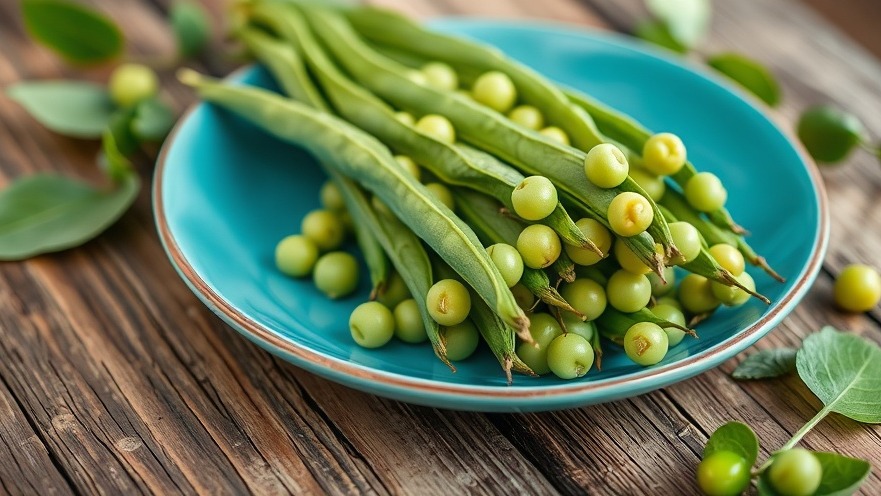
Unlocking the Secrets of Pea Shoot Gardening
For eco-conscious homeowners and modern homesteaders, growing pea shoots represents a delightful blend of taste and sustainability. This quick-growing crop is perfect for those with limited garden space, whether it’s on a kitchen windowsill or in a spacious backyard. Pea shoots are not only nutritious, boasting vitamins A, B6, C, E, and K, but they also add a burst of flavor to various dishes, from salads to stir-fries.
Why Choose Pea Shoots?
Pea shoots are the tender young shoots of pea plants, distinct from the peas that take months to mature. They are easily grown indoors or outdoors, allowing for year-round harvesting. They take just 2-3 weeks from sowing to harvest, making them a great option for those looking to enjoy fresh greens quickly. A wonderful tee to your diet, pea shoots can thrive in unideal soil conditions as they are quite resilient as well.
A Practical Guide to Growing Pea Shoots
To get started, you’ll need either pea seeds or dried peas that you can soak overnight. You can sow these in shallow trenches or containers filled with peat-free potting compost. Ensure your containers have drainage holes to avoid water logging. Spread your seeds evenly, covering them lightly with compost.
The Benefits of Eco-Friendly Gardening Practices
Growing your own food, even in small quantities like pea shoots, contributes to sustainable home design and zero-waste practices. It reduces dependence on store-bought vegetables, leading to a decreased carbon footprint through fewer transportation emissions. Additionally, composting kitchen scraps from your pea shoots can contribute to a closed-loop cycle, which is a hallmark of eco-friendly gardening.
Maximizing Nutritional Benefits
Pea shoots are celebrated for their high nutritional value. They are packed with antioxidants and vitamins, making them a great addition to a health-conscious diet. Incorporating them into your meals not only enhances flavor but also boosts your nutrient intake significantly.
Cultivating a Sustainable Lifestyle
Incorporating practices like growing pea shoots into your lifestyle exemplifies energy efficiency and natural landscaping. This simple act can cultivate a sense of connection to your food and the earth, aligning with broader ecological goals. For those committed to eco-friendly gardening, managing water conservation through responsible watering techniques can further enhance your sustainability efforts.
Future Trends in Urban Gardening
The surge in home gardening, particularly in urban settings, reflects a growing trend of self-sufficiency and community-building. As more individuals adopt eco-conscious habits, the demand for sustainable gardening solutions will likely continue to grow. Pea shoots serve as an excellent example of how small, intentional changes can lead to significant environmental benefits.
Your Next Steps in Eco-Friendly Living
By growing your own pea shoots, you're taking a purposeful step towards a more sustainable lifestyle. Consider expanding your efforts to include other edible plants, herbs, or even composting techniques to further enhance your garden’s eco-friendliness. Engage your community by sharing tips or joining local gardening groups to exchange knowledge and plants.
Conclusion: Start Your Pea Shoot Journey Today!
Ready to embrace the joys of eco-friendly gardening? Growing pea shoots offers a simple yet rewarding way to make a positive environmental impact while enjoying fresh produce. Take action today by sourcing your seeds and preparing your space for a bountiful harvest!
 Add Row
Add Row  Add
Add 




Write A Comment